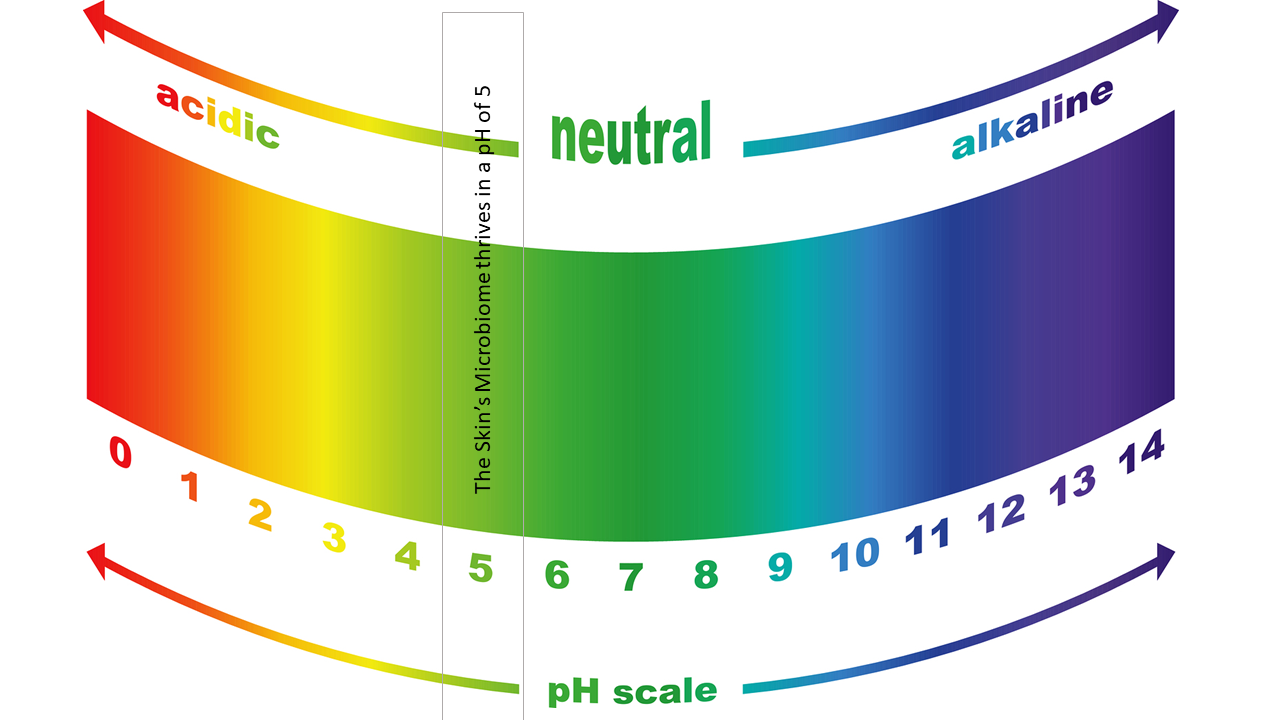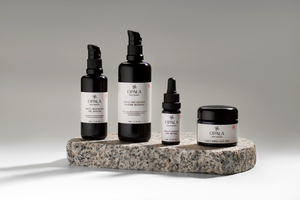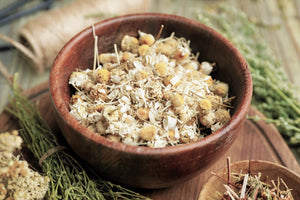
What is the skin barrier and why is it important?
The term 'skin barrier' is one that we often see in skincare blogs and witty product descriptions. But what does it refer to more specifically?
Your skin is your largest organ and is made up of a number of layers to provide vital protection to the rest of your body. The outermost layer, the Stratum Corneum, consists of tough dead skin cells, bound together by mortar-like lipids. In effect, you can think of it as a sea of resilient skin cell residue bound together by bits of body fat, forming what is your skin's equivalent to a brick wall.
This is your skin barrier.
In its best state, the skin barrier continuously sheds off its top layer, naturally exfoliating itself. This process helps the skin's moisture stay intact, and protects allergens and pathogens from getting inside, preventing irritation or inflammation.
Let's see how this works in detail.

THE SKIN'S 3 DEFENSE LINES
1. The skin microbiome
The skin has its own unique ecosystem consisting of millions of bacteria, fungi, and viruses that make up the skin microbiota. Keeping it in balance is essential for maintaining a hydrated and glowing complexion.
When this balance is disrupted, the microbiome’s barrier functions can fail, leading to an altered pH, infection, a decrease of antimicrobial peptides, and an increase in inflammation. Each microbiome is unique, varying with age, location on the body, and gender of the individual.
2. The acid mantle
Your skin barrier is slightly acidic. You can imagine this as a thin acidic film on the surface, made of a mixture of sweat, sebum, water, dead skin cells, and different acids with an acidic pH between 4.5 to 6.2.
This acidity helps to create a kind of buffer against the growth of harmful bacteria, viruses, and fungi that could damage your skin and lead to infections and other skin problems.
3. The lipid matrix
The lipid matrix is crucial for the proper skin barrier function, it protects the body from transepidermal water loss (TEWL), and the entry of external substances.
The composition of the lipid matrix is dominated by three lipid classes: cholesterol, free fatty acids and ceramides. One very common skin disease in which the lipid composition and organization is affected is atopic dermatitis (eczema).
WHAT CAN DAMAGE YOUR SKIN BARRIER?
Some of the external and internal conditions that can affect your skin barrier include:
- an environment that’s either too humid or too dry
- allergens, irritants, and pollutants
- too much tanning
- alkaline detergents and soaps
- exposure to harsh chemicals
- over-exfoliation or over-washing
- steroids
- stress
- genetic factors that may make you more prone to certain skin conditions like eczema and psoriasis
STEPS FOR A HEALTHY SKIN DEFENSE SYSTEM
Your skin barrier is your body’s frontline defense against everything the world throws at you. Keeping it healthy is much more than a cosmetic concern.
1. Simplify your skincare routine, regularly cleanse and moisturise
If you’re performing a complicated daily skin care routine involving a basket of products, you may be inadvertently weakening your skin barrier. While 8-12-step routines are popular, they may not work any better than one or two steps, and often end up harming your skin with all the extra steps. Applying multiple products increases your risk of skin irritation, and we don't know whether the active ingredients in all the products are even compatible.
We recommend you pay close attention to the ingredients in your skincare products and use maximum 3-4 products for your skin care routine.
- Use a good quality cleanser that is gentle and has an acidic pH. Avoid using antibacterial wipes, antibacterial soaps, sanitizers, and products with antimicrobial irritants (sulfates and parabens). They eliminate all bacteria – including ones that we need to avoid leaving the skin exposed to irritants and pathogens;
- Use a good quality daily moisturiser with a science-based formulation that protects your skin barrier; and
- Apply a treatment for your special skin condition if needed.
2. Pay attention to pH
Be sure that your cleanser and moisturiser is pH balanced or use a toner to restore the pH. Microbiome bacteria thrive in an acidic environment of around a pH 5.

3. Regular, gentle exfoliation
Dead cell buildup from an impaired peeling process inhibits the functioning of a healthy microbiome. Incorporate a weekly gentle exfoliation with a clay mask with mild alpha hydroxy acids.



